Without a doubt, Elon Musk is involved in a wide range of endeavors, from automobile manufacturing and space expeditions to twitter. However, one less known facet of his work is his creation of a personal internet network, also known as Starlink.
Here are 25 facts about Starlink satellites that you should know.

Owned by spacex
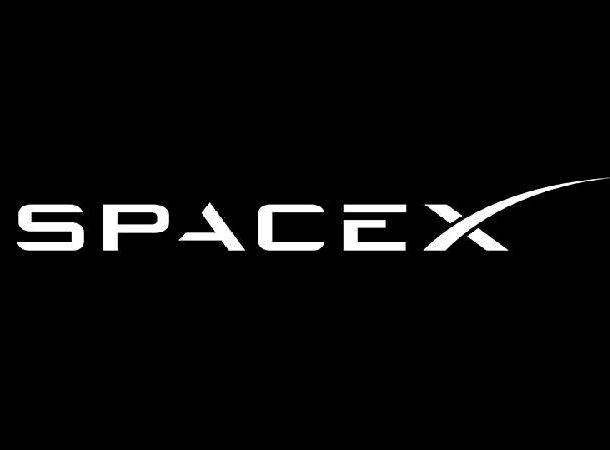
Starlink is a network, or “constellation,” of satellites that provides internet service and is owned and operated by SpaceX.
Targeted locations

While service is provided in several locations around the world, its main focus is providing internet to people and businesses in rural and remote locations—locations where connectivity is often challenging.
Mobile connectivity

Starlink isn’t stopping there. It also has its eye on providing service to vehicles, including RVs, cruise ships, and airplanes.
Cell phone connections

There are plans for T-Mobile to enable their phones to connect to Starlink. This will help eliminate several dead zones and allow Starlink satellites to broadcast directly to phones.
Start of development
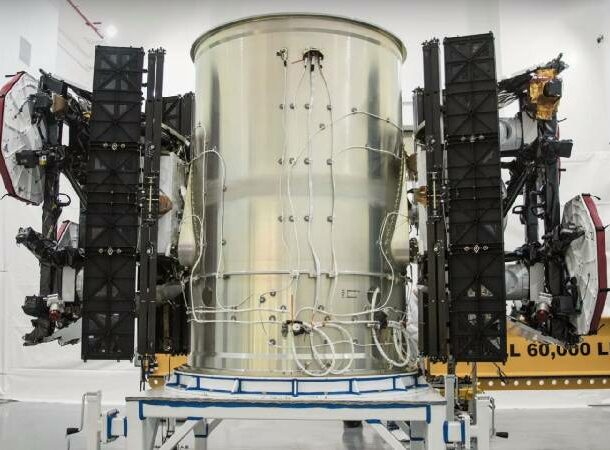 Image credit: SpaceX (screenshot)
Image credit: SpaceX (screenshot) Development on the first Starlink satellites began in 2015, with the first prototype completed in 2018.
Number of satellites launched
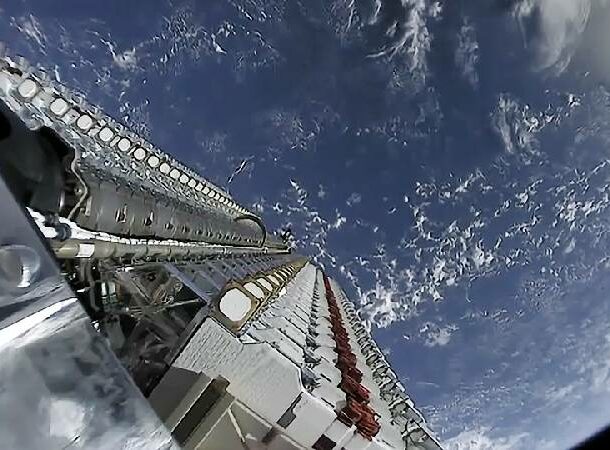
Starlink started launching their satellites in 2019, but as of September 2022, there have been more than 3,000 launched.
Satellite goals

The plan is to launch a total of 12,000 satellites, but that goal might expand to 42,000 depending on the success of the company.
Related: 25 Amazing Satellite Images Of Our World
The fault in our stars

While satellite development started in 2015, the name wasn’t trademarked until 2017. The name “Starlink” comes from John Green’s book, “The Fault in Our Stars.”
Low-earth orbit

Starlink uses a network of satellites launched into low-Earth orbit. This means that the satellites are only about 300 miles above our planet’s surface, which helps with latency, or delay, issues.
Related: 25 Breathtaking Images Of Pluto You’ve Never Seen Before Until Now
Falcon9

The satellites get to space by SpaceX’s Falcon 9 spacecraft. Falcon9 can carry 60 of these small Starlink satellites at a time.
Satellite design
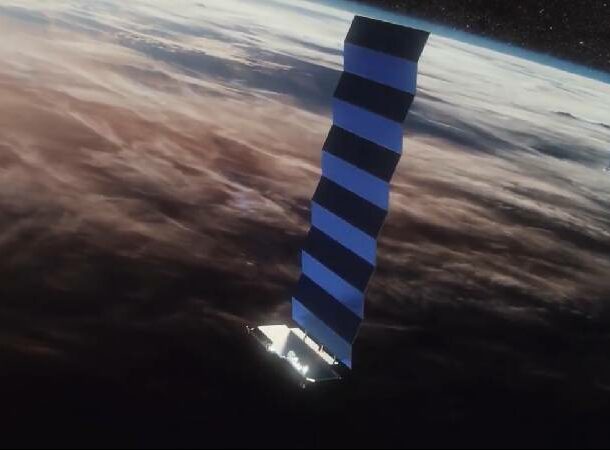
Each satellite has a flat body and weighs 573 lbs.
Subscribers

As of may of 2022, there were over 400,000 global subscribers.
Laser technology
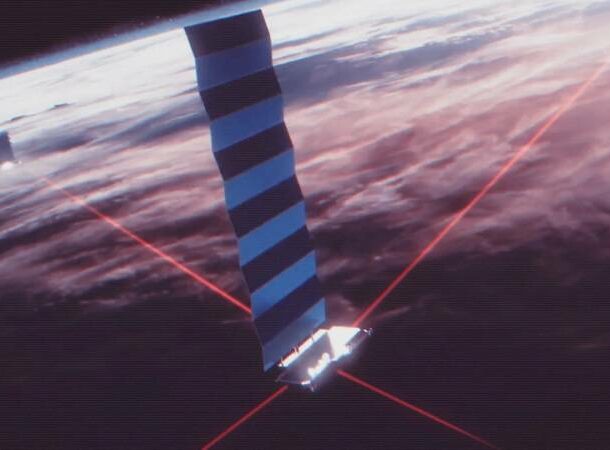
Most internet services use fiber-optic technology, which relies on pulses of light. What’s different about Starlink is that it uses laser technology, which can travel at the speed of light.
Speed
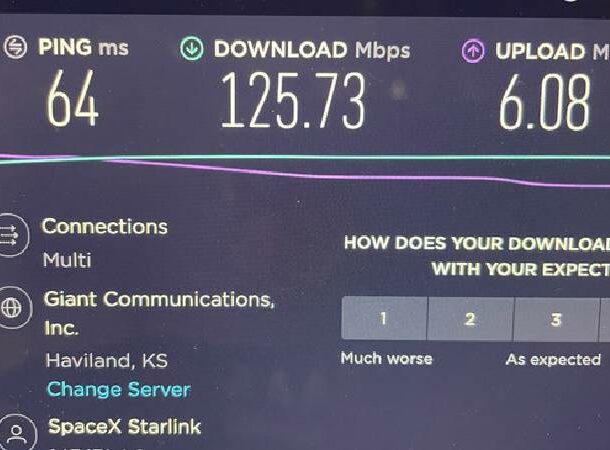 Image source: https://upnorthlive.com/news/local/traverse-city-man-tests-space-xs-starlink-satellite-internet
Image source: https://upnorthlive.com/news/local/traverse-city-man-tests-space-xs-starlink-satellite-internet Unfortunately, that doesn’t fully translate into download speeds—yet. Musk’s goal was to reach 300 mbps by 2022, but in some places, speeds are only clocking in somewhere from 62 mbps to 150 mbps. That’s still enough for a couple people to stream or download at the same time, but quite a bit shy of where the company wanted to be.
Connectivity

While the service might not be as fast as some people wish, reliability is strong. Each individual satellite works in tandem with four nearby satellites to create a strong, dependable connection.
Related: 25 Ways The Internet Has Changed The World For Better Or For Worse
Occupy mars

You’ve probably heard about Musk’s aspirations to occupy Mars. This division of SpaceX has a Martian connection, too. If you look in the Starlink terms of service, you’ll find that this project will possibly help fund a station on Mars. Setting up Starlink technology on Mars will also provide a means of communication between the two planets.
The main concern

All this sounds awesome, but Starlink has its share of critics. The main concern is nighttime sky visibility and the impact that might have on nocturnal wildlife.
Combating sky pollution

To combat this issue of sky pollution, the company has started experimenting with different colors and materials that won’t reflect sunlight as much and reduce the amount of interference with visibility.
Related: 25 Scary Facts About Plastic Pollution That’ll Change Your Habits
Weather

As with other satellites, weather can impact connectivity. Sure, a mild storm or wind blowing through won’t do anything, but if your equipment gets covered in a few feet of snow, all bets are off.
Availability
 Image: Starlink.com
Image: Starlink.com So how can you bring Starlink into your home? The good news is that Starlink service is available in 40 countries and on all 7 continents, so chances are if you can’t access the network now, you will be able to very soon.
Polar service

When we say all 7 continents, yes, we mean starlink is even available in antarctica. The US National Science Foundation is testing Starlink’s “Polar Service”. That certainly meets the company’s objective of serving remote locations.
Preorders
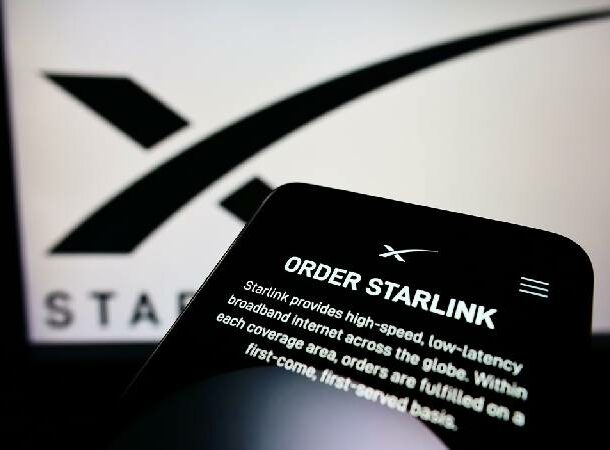
Service is provided in active areas based on a “first come, first served” basis. As you might imagine, people have already started to preorder their service kits. Pre orders can take as long as 6 months to fulfill and in some regions not until 2023 or later.
Kit contents

Each kit comes with a satellite dish, a dish mount, a wi-fi router base unit, a power cable for the base unit, and a 75-foot cable for connecting the dish to the router.
Starlink app

Yes, there’s an app for that. If you’re not sure where to install your equipment to avoid the 7 inches of snow you get every year, the app can show you how and where to best install the dish on your property.
Cost

Finally, I’m sure you’re asking yourself how much all of this will set you back. Personal plans start at $110 a month with a one-time hardware cost of $599. Business plans are $500 a month with a $2,500 equipment package.



























